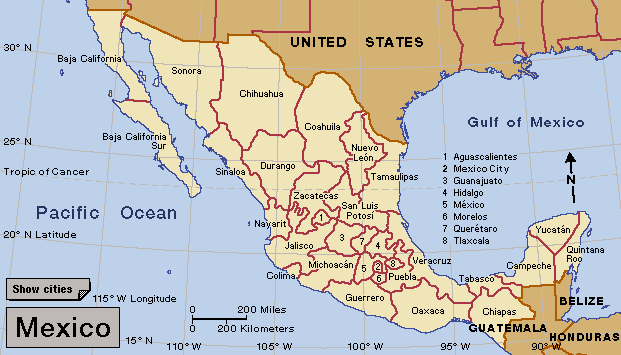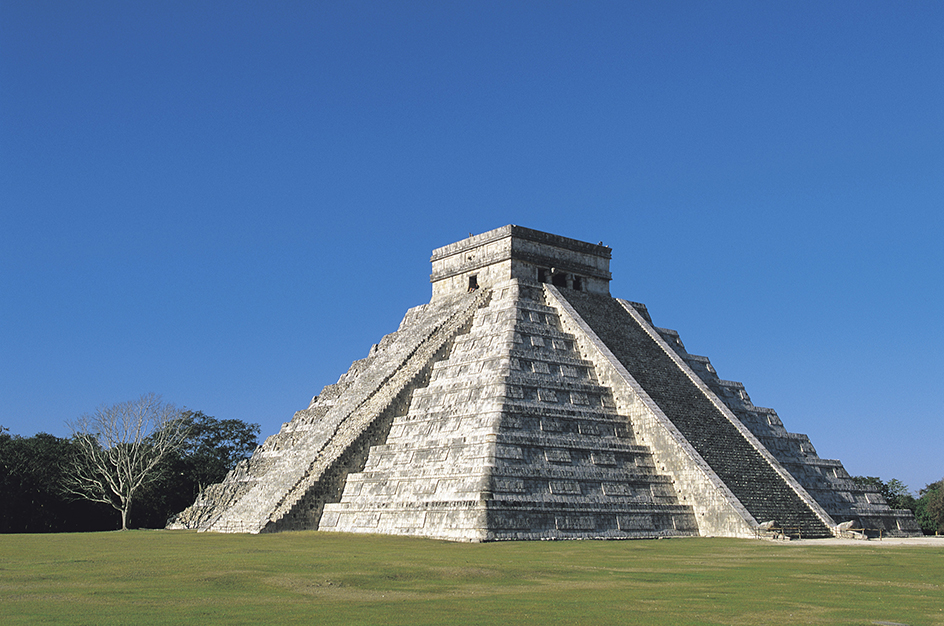Yucatán << yoo kuh TAN or YOO kuh TAHN >> is a state in southeastern Mexico. It lies in the north-central part of the Yucatán Peninsula. The state covers 14,827 square miles (38,402 square kilometers). At the time of the 2020 census, the population was 2,320,898. The capital is Merida.

Yucatán state shares a common culture and history with the rest of the Yucatán Peninsula. Maya Indian culture strongly influenced the region, which contains many Maya archaeological sites. These include Uxmal and Chichén Itzá, both in Yucatán state (see Chichén Itzá). The people of Yucatán speak Spanish and Maya, an indigenous (native) language.

Indigenous civilization prospered on the Yucatán Peninsula when indigenous invaders from central Mexico entered the area around 900. Gradually, the invaders merged with the local Maya. The Spanish explorer Francisco de Montejo arrived in the area in 1527. Over the next 20 years, the Spaniards subdued the Maya. Yucatán lacked mineral resources and profitable exports, so the Spaniards lived on payments of a special tax called a tribute that they collected from the Indians.
During the colonial period, the Spaniards developed large commercial farms called haciendas, which often infringed upon Maya lands. Yucatán became one of the original states of Mexico, which won its independence in 1821. Conflicts over land, along with the political instability that followed independence, led to a peasant uprising, known as the Caste War, in 1847. Maya peasant rebels fled to the eastern and southern parts of the peninsula and controlled those areas until the early 1900’s.

After about 1870, Yucatán state enjoyed new wealth from the production of henequen, a tough plant fiber used to make twine. Since about 1960, Yucatán’s economy has expanded to include poultry and citrus farming, tourism, and manufacturing.
